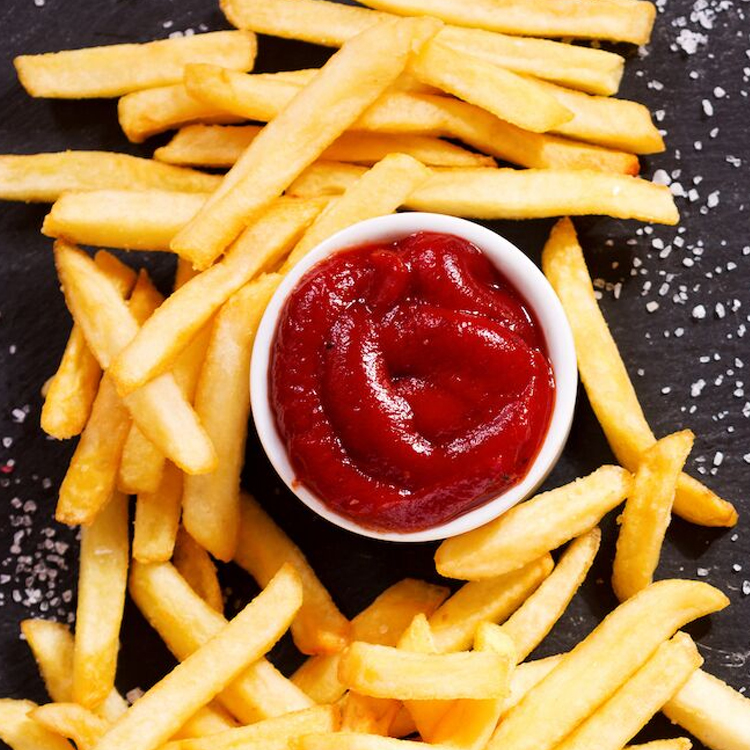
NAC vs. Glutathione: Their Roles in the Human Body
Have you ever wondered about the interaction between NAC and glutathione? It is no coincidence that these terms are often used together. We have prepared this guide to clarify the role of glutathione and NAC in the body but also to underscore the differences between these antioxidants. Let’s begin with their structure and functions:
What Are Glutathione, NAC, and Cysteine?
Cysteine is an amino acid with a sulfur group. This amino acid is responsible for the formation of disulfide bonds that maintain protein structure. A cysteine derivative, NAC, is responsible for restoring intracellular cysteine levels necessary for glutathione synthesis.
Glutathione is a tripeptide antioxidant that consists of cysteine, glutamate, and glycine. It boosts immune function, protects cells from oxidative stress, and detoxifies the body. One of the essential building blocks for the synthesis of glutathione is N-acetylcysteine, or NAC.
Active and Inactive Glutathione
There are two forms of glutathione within cells: active (reduced glutathione) and inactive (oxidized glutathione). In its active state, glutathione is a potent antioxidant. It counteracts free radicals to save cells from oxidative damage. An active state is essential for cellular defense, optimal immune function, and cell detoxification. However, glutathione becomes inactive after neutralizing free radicals. To maintain optimal cellular function, it’s crucial to restore inactive glutathione back into its active state.
Benefits of Glutathione and NAC
The synergy between NAC and glutathione has a strong impact on the body’s resilience. Studies have discovered that supplementation with N-acetylcysteine and glutathione positively influences respiratory health, liver function, and cognitive abilities.
The combination of NAC and glutathione has been associated with optimal homocysteine levels, a marker associated with cardiovascular health. In the context of respiratory health, NAC has demonstrated efficacy in improving lung function and mitigating symptoms in several respiratory conditions.
NAC vs. Glutathione – Which Supplements Should I Take?
If you want to choose an appropriate supplement regimen, you need to understand the main differences between NAC and glutathione.
While NAC is easily absorbed by the body and stimulates glutathione production, direct supplementation with glutathione has its benefits. However, its absorption is questionable, and its effectiveness may vary. As a precursor, NAC can be a more efficient option for boosting intracellular glutathione levels.
When deciding between NAC and glutathione supplements, it’s essential to consider your health goals and potential side effects. NAC is generally well-tolerated, but excessive doses may lead to gastrointestinal problems. On the other hand, glutathione supplementation may cause issues due to its limited absorption.
For some people, taking glutathione and NAC together is the best supplementation strategy. This method ensures antioxidant protection with glutathione and supports sustained glutathione production with NAC.
What Increases Glutathione Levels?
It is well known that higher levels of glutathione improve cellular health. The best way to take glutathione is through a healthy dietary plan that includes foods rich in sulfur, vitamin C, and lots of vegetables. In this way, the combination of diverse nutrients supports both the synthesis and recycling of glutathione. There are several dietary and lifestyle factors that can contribute to this enhancement.
As sulfur is an essential component of glutathione, sulfur-containing foods are particularly beneficial. Consuming sulfur-rich foods such as eggs, spinach, green asparagus, almonds, okra, broccoli, cauliflower, onions, nuts, and legumes provides the necessary substances for glutathione synthesis. Curcumin, a polyphenolic compound found in turmeric, may stimulate glutathione production as well.
Vitamin C also helps maintain optimal glutathione levels. Foods rich in vitamin C, such as citrus fruits, strawberries, and kiwi, contribute to the recycling of oxidized glutathione, ensuring its sustained efficacy. A unique combination of nutrients in avocado makes it another quality source of glutathione.
Factors That Reduce Glutathione Levels
Several factors impact cellular health and contribute to a reduction in glutathione levels. Here is an overview of factors that reduce glutathione levels:
- Aging: The natural aging process is followed by a decline in glutathione levels. Over time, the body’s ability to synthesize and recycle this antioxidant gradually decreases.
- Smoking: This harmful habit contributes to decreased glutathione levels in the body. Smoking causes oxidative stress, which depletes existing glutathione and inhibits its further synthesis.
- Alcohol consumption: Excessive alcohol intake has also been linked to reduced glutathione levels. An excessive level of oxidative stress from alcohol exceeds the body’s antioxidant capacity.
- Pollution: Environmental pollutants deplete glutathione levels by increasing oxidative stress and reducing its availability.
- Exercise: As a result of increased metabolic demands and oxidative stress during physical activity, glutathione levels may temporarily decrease. However, the body increases the production of glutathione to compensate for this lack.
Summing Up
As both antioxidants have valuable advantages, it could be challenging to decide between NAC and glutathione. Therefore, taking both NAC and glutathione supplements may be the most effective approach. NAC will supply enough material to create new glutathione, and direct glutathione supplementation will immediately increase its levels in circulation.
Frequently Asked Question
Is NAC better than glutathione?
The efficacy of NAC and glutathione depends on your health goals. NAC, as a precursor, provides cysteine essential for glutathione synthesis. On the other hand, direct supplementation with glutathione is beneficial for its instant increase. Both antioxidants are valuable for promoting cellular health and body defense mechanisms.
How long does it take for NAC to increase glutathione?
Supplement dosage and metabolic rate affect the time it takes for NAC to increase glutathione levels. Studies suggest that significant increases in glutathione may be observed after one month of consistent NAC supplementation. While the timeline can differ for NAC vs. glutathione intake, NAC gradually elevates cellular antioxidant defenses over this period.
Does NAC build collagen?
NAC contributes to collagen synthesis indirectly by supporting glutathione production. While it doesn’t directly generate collagen, NAC supports this process by maintaining cellular health and improving glutathione’s antioxidant effects.
Does NAC increase testosterone?
Certain studies suggest a positive correlation between NAC treatment and increased testosterone levels. After NAC supplementation, there were significant improvements in sperm count, motility, hormonal profiles, and higher testosterone levels. Its antioxidant properties may contribute to this positive effect by mitigating oxidative stress and inflammation. While these findings are encouraging, further research is required to figure out a definitive connection between NAC supplementation and testosterone levels.
Does NAC affect sleep?
N-acetylcysteine may influence the rhythm of wakefulness and sleep through the activation of cellular antioxidant pathways. NAC increases cellular antioxidant capacity and contributes to the biochemical processes associated with sleep. According to data, intraperitoneal injection of NAC accelerated the onset of sleep and decreased non-rapid eye movement sleep (NREMS) delta power, especially when sleep drive was naturally high.


